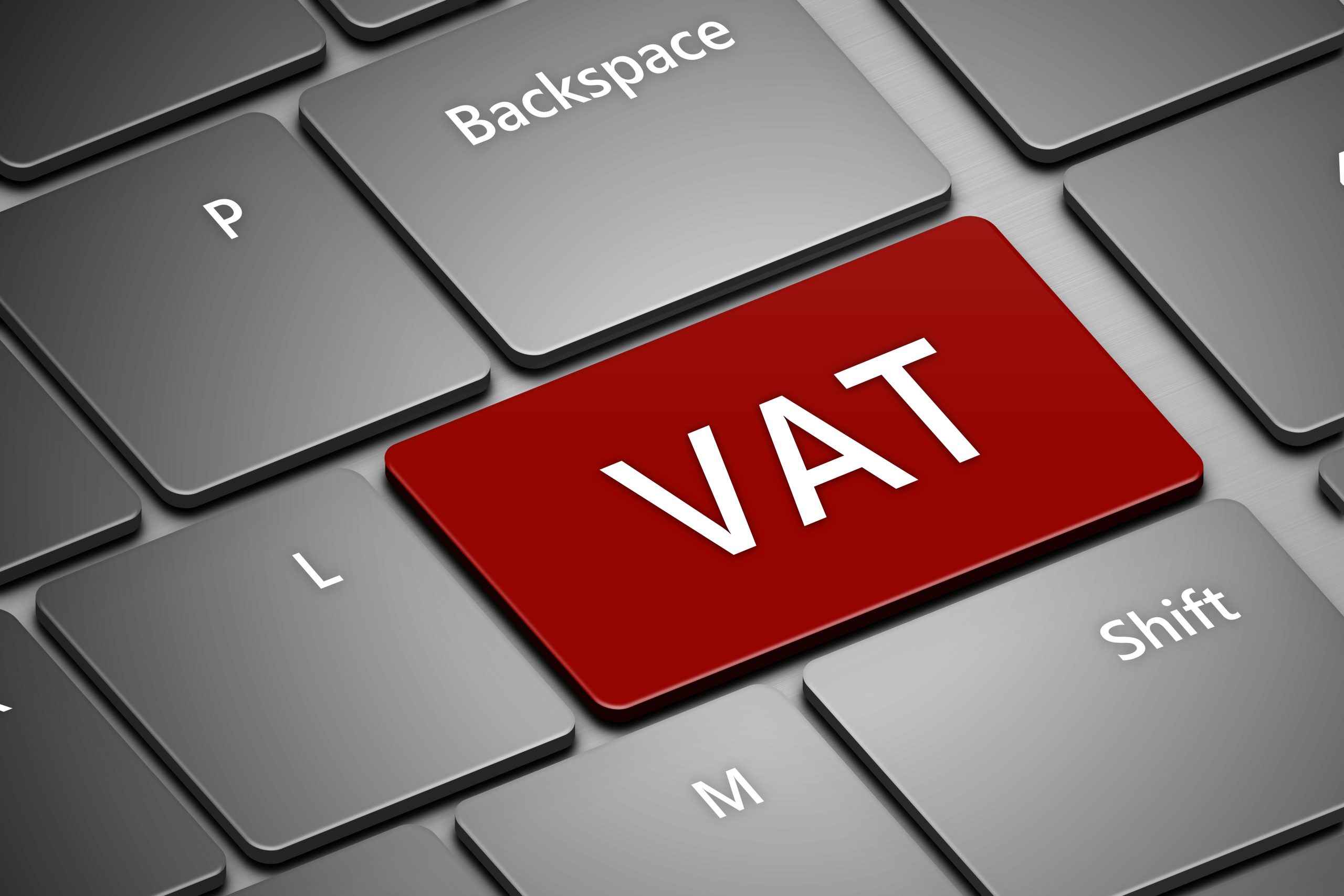Value Added Tax is an important aspect of the financial transactions that businesses make in the United Kingdom. Understanding how to submit a VAT return is crucial for any company which are VAT-registered with HMRC. This guide provides useful information about the difficult process of filing VAT returns. It can also assist companies navigate the economic environment without fear.

What exactly is VAT? Why is it important?
Value Added Tax (VAT) is an income tax that is enforced by the government every time products or services are sold. You must account for VAT when selling your product or service If your company is certified for VAT. This involves collecting VAT from customers, remitting it to HMRC and then providing them with an invoice or receipt that explains the VAT included in their sale. Simultaneously, when you purchase goods and receive VAT invoice which identifies the amount of VAT included in the transaction. Keeping accurate records of these transactions is essential for claiming VAT from HMRC.
The Basics of VAT Returns
Filing VAT returns on time and VAT returns with HMRC is one of the fundamental obligations businesses registered to VAT must meet. A VAT return summarizes the transactions and purchases of an organization during a certain time. It’s essentially a means for businesses to declare the amount of VAT they have taken from customers and paid on their own purchases. This process is typically completed on a quarterly basis. For more information, click UK VAT Returns
How to submit a VAT return: a step-by-step procedure
1. Be aware of Your VAT period: It’s important to understand your VAT period before beginning the filing process. In the UK it is common for businesses to have quarterly VAT returns. Make sure to know the beginning and ending dates of your tax period.
2. Gather Purchase and Sales information Get all the pertinent details about your purchases as well as sales during the VAT period. Included are sales receipts issued to customers, receipts of purchase made from suppliers as well as other financial documents.
3. Calculate Output Tax: Output tax is the VAT you’ve charged your customers on sales. Add up all the VAT you charged on your sales to calculate your total tax on output.
4. Calculate Input Tax. Input tax is equivalent to the VAT that you have paid on all purchases. Add every VAT that you paid on your purchases throughout the period of VAT to calculate the total input tax.
5. Complete the HMRC’s VAT Return Form. Using all the information collected from the previous steps complete the tax return form from HMRC. This form usually includes sections for total sales, total purchase, output tax, input tax.
6. HMRC must receive the VAT return within the deadline set. The filing can be made via the web using HMRC’s Making Tax Digital (MTD) service. It is a quick and efficient way to fulfill your tax obligations for VAT.
Beware of these common mistakes
Late Filing: Be sure you make your VAT returns by the deadline in order to avoid penalties. In the event of a late filing, you could face the financial consequences to your company.
Find any mistakes in your VAT return to see if there are any errors. Untrue figures or errors when calculating can result in differences with HMRC.
Failure to claim eligible input Tax: Businesses can claim VAT for eligible purchases. Make sure you know which input tax you can reclaim. This could have a major impact on the VAT you owe.
Also, read our conclusion.
The UK’s financial management process is not complete without a thorough understanding of the VAT system. Knowing the steps to submit a VAT return, the complexities of VAT returns, and utilizing a comprehensive VAT return guide are essential to ensuring financial compliance and ensuring smooth operations of your business.
Businesses should approach VAT returns with precision and attention to detail. Learning the procedure as well as avoiding errors and making use of the resources available can help businesses streamline their VAT requirements. This will contribute to financial stability and regulatory compliance. Whatever your situation, whether you’re an experienced business proprietor or new to the VAT world Being proactive and knowledgeable about VAT returns will ensure an enduring financial foundation for your company.